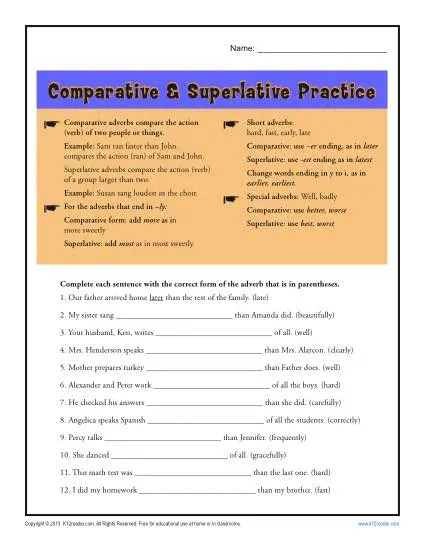

If it’s modifying anything else, it’s an adverb.įor example, in the sentence “Don’t drive fast,” the word “fast” is an adverb because it’s modifying the verb “drive.” If it’s modifying a noun or a pronoun, it’s an adjective. TipIf you’re unsure whether a word is being used as an adverb or an adjective, look at the word that it’s modifying. Other adverbs (e.g., “never”) simply don’t have a corresponding adjective. These are known as flat adverbs (e.g., “straight,” “fast,” “early”). Some adverbs use the same form as their corresponding adjectives. However, adverbs can also be formed from adjectives in other ways, depending on the ending. While adverbs can modify verbs, adjectives, adverbs, and entire sentences, adjectives can only modify nouns and pronouns (e.g., “the red door”).Īdverbs are often formed by adding “-ly” to the end of an adjective. Monica can’t attend the party, unfortunately. Examples: Sentence adverbs Luckily, the fire department responded immediately. These adverbs (called sentence adverbs) are typically set off with commas. Examples: Adverbs modifying verbs, adjectives, and adverbsTamara danced slowly.Īdverbs can also be used to modify entire sentences by expressing a viewpoint or making an evaluation.

Adverbs can be used to modify verbs, adjectives, and even other adverbs. Adverbs provide context in a sentence by describing how, when, where, and to what extent something occurs.


 0 kommentar(er)
0 kommentar(er)
